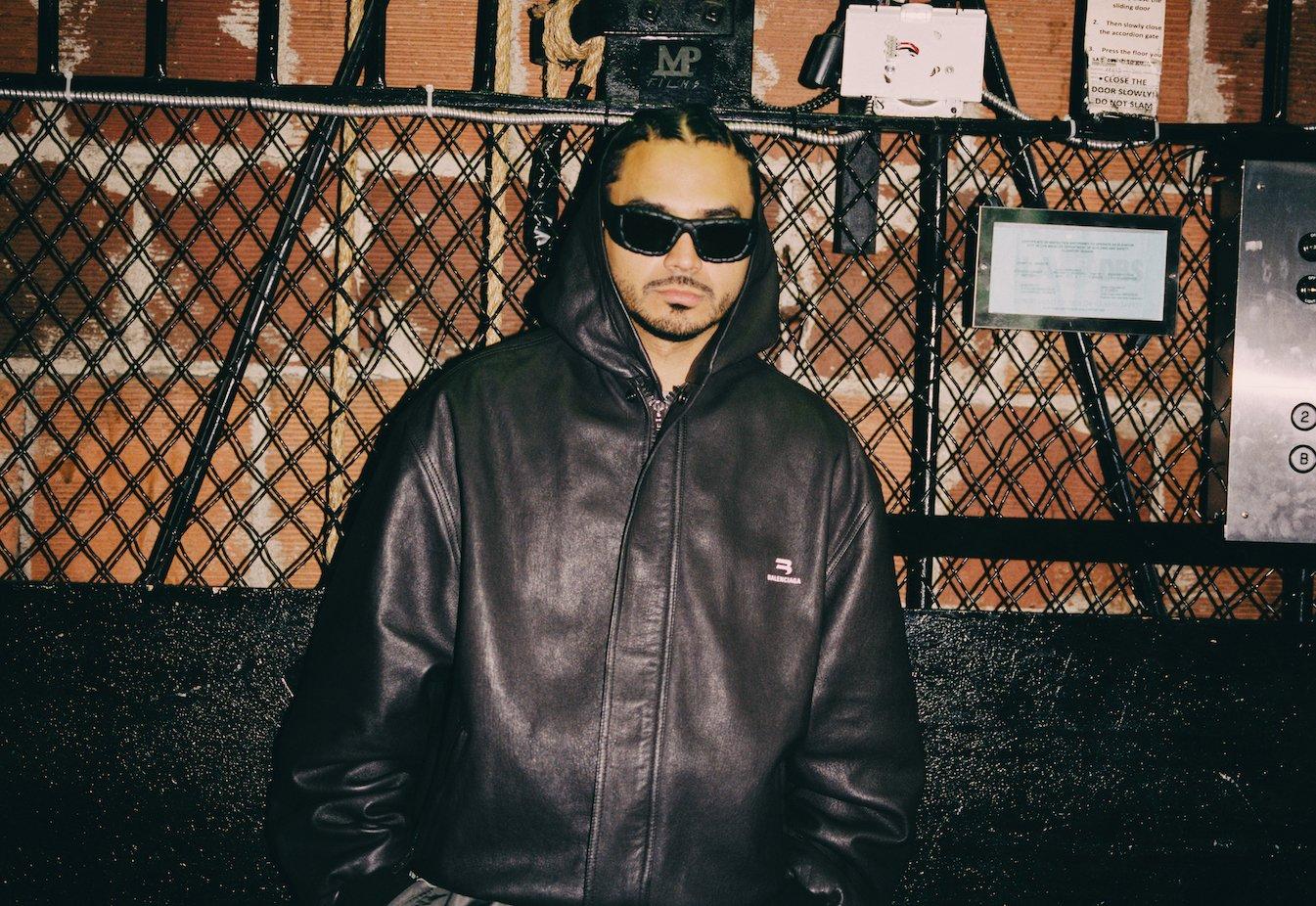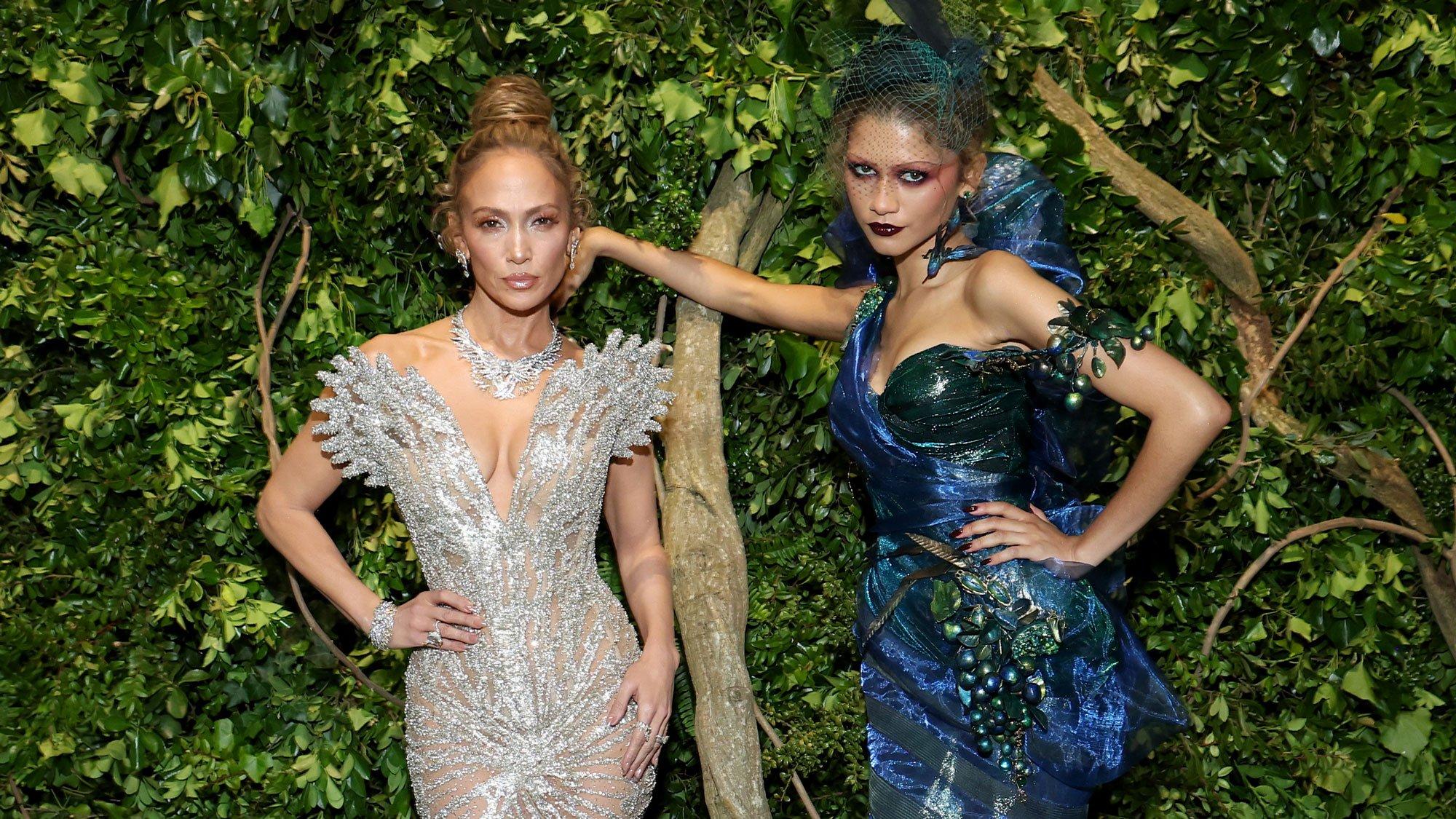Editor's Note: The 2022 GRAMMYs Awards show, officially known as the 64th GRAMMY Awards, has been rescheduled to Sunday, April 3, at the MGM Grand Garden Arena in Las Vegas. The below article was updated on Tuesday, Jan. 18, to reflect the new show date and location.
Música urbana has had an undeniable impact on music far beyond the Latin landscape over the last two decades, with a more recent, rampant revival that has seeped into the U.S. mainstream via various experimental, multicultural tracks. Bilingual songs and collaborations with artists in the Anglo and K-pop markets and beyond have made the genre's global impact undeniable.
On a more microscopic level, música urbana has rewritten the blueprint for Latin pop, expanding the possibilities of the sound and canon. At the 2022 GRAMMYs Awards show, officially known as the 64th GRAMMY Awards, the Recording Academy will further recognize and celebrate that shift with a new category: Best Música Urbana Album.
Encompassing several Latin genres, this newly minted category will aim to highlight the varied work of artists producing albums with at least 51% playing time of new Música Urbana recordings. The inaugural nominees are some of Latin's biggest stars — Rauw Alejandro, Bad Bunny, J Balvin, KAROL G, and Kali Uchis — further proving just how impactful música urbana has become.
Ahead of the 2022 GRAMMYs Awards show, which air April 3 on CBS, take a look at the albums in the running for the first-ever Best Música Urbana Album GRAMMY.
Read More: Get To Know The First-Ever Best Global Music Performance Nominees | 2022 GRAMMYs
AFRODISÍACO — Rauw Alejandro
<style>.embed-container { position: relative; padding-bottom: 56.25%; height: 0; overflow: hidden; max-width: 100%; } .embed-container iframe, .embed-container object, .embed-container embed { position: absolute; top: 0; left: 0; width: 100%; height: 100%; }</style><div class='embed-container'><iframe src='https://www.youtube.com/embed/wJT-YKmlWJc' frameborder='0' allowfullscreen></iframe></div>
A few years into his career, Rauw Alejandro has proven to be one of the most promising well-rounded acts of his generation.
On Afrodisíaco, Alejandro paints outside of the lines of urbano to infuse it with refreshing electronic elements and Spanish-language R&B. The singer/rapper incorporates an experimental wave of pop that bends genres, setting him apart from his peers.
The Puerto Rican artist shows off his range with standouts like the EDM-meets-reggaeton track “Química,” and a futuristic pop song that lives up to its name, “Algo Mágico” (or ”Something Magic”). Eleven of the album’s 16 tracks are collaborations, which see Alejandro joining forces with Latin heavy hitters like Tainy ("Pensándote") and Camilo ("Tattoo Remix"), as well as rapper Trippie Redd on "Un Sueño."
A valiant and versatile effort, Afrodisiaco established a strong foundation for Alejandro: After the album gave the singer his first two Top 10 hits on Billboard’s Hot Latin Songs chart (”Tattoo” and ”Reloj”), his follow-up project, 2021’s Vice Versa, debuted atop the Top Latin Albums chart.
EL ÚLTIMO TOUR DEL MUNDO — Bad Bunny
<style>.embed-container { position: relative; padding-bottom: 56.25%; height: 0; overflow: hidden; max-width: 100%; } .embed-container iframe, .embed-container object, .embed-container embed { position: absolute; top: 0; left: 0; width: 100%; height: 100%; }</style><div class='embed-container'><iframe src='https://www.youtube.com/embed/TmKh7lAwnBI' frameborder='0' allowfullscreen></iframe></div>
Since his start in 2016, Bad Bunny has proven he isn't afraid to get weird and tap into his varied musical inspirations, including rock en español.
On El Último Tour Del Mundo, the Puerto Rican singer/rapper reminds us of his range with tracks like the rock-inspired track "MALDITA POBREZA," which he performed at the 2021 Latin GRAMMYs. Kicking off with "EL MUNDO ES MÍO," the 16-track project is a diverse collection that flaunts Benito’s range, from the thumping hip-hop infused track "HOY COBRÉ" to the soulful “SORRY PAPI,” featuring Queens-born Alt R&B princess Abra.
The album is one of three offerings Bad Bunny released in 2020, following YHLQMDLG (which won the singer his first GRAMMY last year) and a compilation album titled Las que no iban a salir. El Último Tour Del Mundo spawned one of his biggest hits to date, the wavy reggaeton smash "Dákiti" featuring Jhay Cortez, earning Bad Bunny his first No. 1 on the Billboard Global 200.
Read More: J Balvin On His New Album 'Jose,' The Future Of Reggaeton & Getting Back On Stage: "It's About Getting Back To Feeling That Vibe Again"
JOSE — J Balvin
<style>.embed-container { position: relative; padding-bottom: 56.25%; height: 0; overflow: hidden; max-width: 100%; } .embed-container iframe, .embed-container object, .embed-container embed { position: absolute; top: 0; left: 0; width: 100%; height: 100%; }</style><div class='embed-container'><iframe src='https://www.youtube.com/embed/zisuhZqTeH4' frameborder='0' allowfullscreen></iframe></div>
JOSE is J Balvin's sixth studio album, self-defined as his most personal yet — encapsulated in the project's title, his first name. Throughout the hefty 24-track project, we hear Balvin lean into his signature suave poppy reggaetón sound, mixing his worldwide appeal with unprecedented sentimentality.
Balvin's longest project to date, JOSE teams up with fellow superstars both in and out of the Latin genre, including Ozuna ("Pa' Guayarte"), Karol G and Nicky Jam ("Poblado - Remix"), Khalid ("Otra Noche Sin Ti") and Skrillex ("In Da Getto"). The album also makes room for rising acts like Dominican trapera Tokischa ("Perra") and Argentine singer Maria Beccera ("Qué Más Pues?").
Pushing his diverse sound even further, JOSE is a personal win more than anything. "The album was made thinking about myself and what I like to do," Balvin explained to Billboard. "The concept is me."
KG0516 — KAROL G
<style>.embed-container { position: relative; padding-bottom: 56.25%; height: 0; overflow: hidden; max-width: 100%; } .embed-container iframe, .embed-container object, .embed-container embed { position: absolute; top: 0; left: 0; width: 100%; height: 100%; }</style><div class='embed-container'><iframe src='https://www.youtube.com/embed/tbneQDc2H3I' frameborder='0' allowfullscreen></iframe></div>
Nearly 18 months after Karol G's Nicki Minaj collaboration "Tusa" took off, the Colombian star produced a holistic, confident heartbreak album. KG0516 channels a place of hurt to eventually heal and release one's inner "Bichota," loosely translated to a boss woman.
Following 2019's introspective Ocean, Karol G takes on more heartfelt ballads, honors reggaetón greats, and even delves into corridos for the first time on “200 COPAS.” The 16-song project includes collaborations with Camilo ("CONTIGO VOY A MUERTE"), Nathy Peluso ("GATO MALO"), and even Ludacris ("BEAUTIFUL BOY," which also features rising singer Emilee).
KG0516 saw Karol G produce her project for the first time, as she co-produced "Déjalos Que Miren," "200 COPAS" and "EL BARCO." She told ET earlier this year that she "really wanted to experiment with new sounds,” including country guitars on the J Balvin collab "LOCATION."
"For me, it's like every song is an opportunity to bring something different to my people," the singer said. "That's what I love to do with my music."
Read More: Kali Uchis On What It Means To Be A Latin "Crossover" Star In The 21st Century
SIN MIEDO (DEL AMOR Y OTROS DEMONIOS) — Kali Uchis
<style>.embed-container { position: relative; padding-bottom: 56.25%; height: 0; overflow: hidden; max-width: 100%; } .embed-container iframe, .embed-container object, .embed-container embed { position: absolute; top: 0; left: 0; width: 100%; height: 100%; }</style><div class='embed-container'><iframe src='https://www.youtube.com/embed/bn_p95HbHoQ' frameborder='0' allowfullscreen></iframe></div>
Kali Uchis' all Spanish-language project Sin Miedo (del Amor y Otros Demonios) is a statement piece of freely creating, with longevity and connection in mind. The Colombian-American singer dawned into this new space without fear, making its title — which translates to "Without Fear (of Love and Other Demons)" — all the more significant.
Standouts like the sweet and sultry bilingual song "telepatía" and tribute cover of late Cuban star La Lupe's "que te pedí" exhibit Uchis' multifaceted abilities. Across the album's 13 tracks, she blends old-school reggaetón and soulful alt-pop with grace and ease.
The Virginia-born star's goal for this project (and her work at large) is simple: "I'm going to make something timeless that inspires people and pushes people to reflect and feel something," Uchis said last year. "It comes from the most authentic parts of me."
2022 GRAMMYs Awards Show: Complete Nominations List





